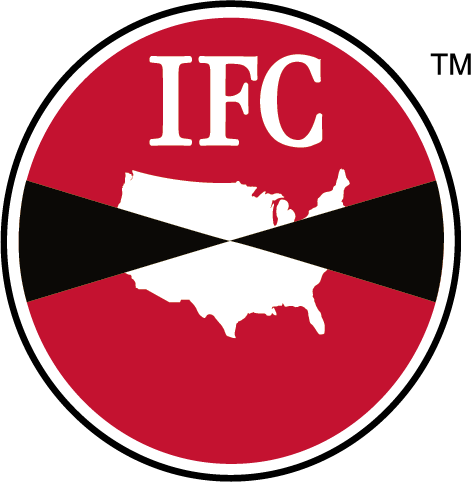Demand for foods that consumers perceive to be healthier continues to grow. Many food companies have found opportunities to develop or promote products they can market as “organic.” Organic product processing has some implications for pest management, although more flexibility than most people realize. Many food processors devote a portion of their production to organic product lines, and some facilities are 100% organic. Processors take organic standards seriously, and most have developed very workable yet organically-compliant pest management programs. However, newcomers to organic product processing continue to encounter points of confusion.
The National Organic Program (NOP) was established as a USDA marketing regulation in 2000 to provide some definition and standards for organic product marketing (7 CFR 205). Previously, there had been considerable confusion over what “organic” meant and what qualified. USDA developed criteria for products to be labeled “100% organic”, “organic” or “made with organic ingredients” (7 CFR 205.105). The NOP falls under the jurisdiction of USDA’s Agricultural Marketing Service, but accredited, private organic certifying companies and their agents contract with food processors to certify processes and programs are in compliance with the NOP.
The NOP prescribes a stepwise approach for pest management in organic processing facilities, and there must be written plans approved by the organic certifying agent. First is reliance to the extent possible on non-chemical methods such as trapping, exclusion, sanitation, temperature modification, environmental management and so forth. When those are not sufficient, certain materials from the NOP “National List” may be used (7 CFR 205.105, 205.601 (e-h), and 205-605). Chemical tools on this list for pest management are very limited in their utility. If previous methods are not adequate, conventional pesticides can be considered in the plan in conjunction with application precautions or protections to maintain the organic integrity of products (7 CFR 206.271). This provides tremendous flexibility. Often, the conventional pesticides suggested for organic programs are low-impact products, which accompany protocols planned to protect organic materials from exposure during treatment.
The NOP prescribes a stepwise approach for pest management in organic processing facilities, and there must be written plans approved by the organic certifying agent.
A variety of methods may be potentially acceptable to an organic certifying agent to maintain organic integrity:
- Consideration of the protection provided by packaging or supplemental covers.
- Consideration for application methods or formulations that are unlikely to have any drift, volatility or other opportunity to contaminate.
- Organic materials and products removed from an area during treatments and returned later.
- Outdoor preventive treatments with virtually no opportunity to contaminate organic materials indoors (conventional rodenticide baits and potentially other outdoor treatments).
Virtually all aspects of an organic processing plan need to be approved by the organic certifying agent, including the plan for all pesticides, even if the pesticides themselves are certified organic. NOP rules also require record keeping for any pesticide use (7 CFR 205.103). The relationship for approval of organic plans is between the food processor and their organic certifying service. A knowledgeable pest management professional can be invaluable for navigating the planning steps, advising on viable options, limitations and methods to maintain organic food integrity. Plans can be prepared for the food processor to negotiate with their certifying agent. Certifying agents have been known to vary in what they find acceptable in plans and how carefully they scrutinize the stepwise escalation to conventional pesticide use. Organic certifying agents compete for food processor accounts. It is not the certifying agent’s intention to hurt their customer’s business.
Despite the opportunity for flexibility, tremendous efforts are maintained throughout the value chain by growers, who get a premium price for organic crops and livestock, and processors, who strive for quality and maintaining organic integrity. Pest management programs for organic processors strive to integrate all available non-chemical tools and techniques such as sanitation, exclusion, trapping, and other means of prevention to the extent possible. Pesticide selections, applications and precautions are usually “lower impact,” but there is no difference in food safety or nutritional value between organic and conventional products. It is fair to expect that organic food products have fewer synthetic inputs in their production and processing.

